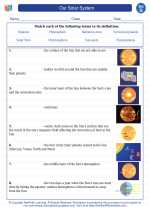Our Solar System -> natural satellite
Natural Satellites
A natural satellite, also known as a moon, is a celestial body that orbits a planet or a smaller body that orbits a larger one. Moons are abundant in our solar system, with each planet having its own set of natural satellites. The Earth's moon, for example, is a natural satellite that orbits our planet.
Formation
Natural satellites can form in a variety of ways. Some moons are thought to have formed from the same gas and dust cloud that surrounded their parent planet during its formation. Others may have been captured by a planet's gravitational pull, or formed from the debris of a collision between a planet and another celestial body.
Characteristics
Natural satellites come in various sizes and shapes. Some are small and irregularly shaped, while others are large and nearly spherical. Moons can also have unique surface features such as craters, mountains, and valleys. Their surfaces may be rocky, icy, or a combination of both.
Functions
Natural satellites play a crucial role in the dynamics of their parent planets. They can affect the planet's rotation, tides, and even its climate. Moons also provide valuable scientific insights into the history and composition of their parent bodies.
Study Guide
- What is a natural satellite?
- How do natural satellites form?
- What are the characteristics of natural satellites?
- What functions do natural satellites serve?
- Give examples of natural satellites in our solar system.
Understanding natural satellites is essential for grasping the dynamics of our solar system and the broader universe. By studying these celestial bodies, scientists can gain valuable insights into the formation and evolution of planets and their moons.
.◂Science Worksheets and Study Guides Seventh Grade. Our Solar System

 Activity Lesson
Activity Lesson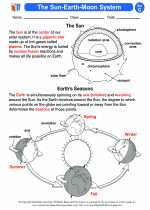
 Activity Lesson
Activity Lesson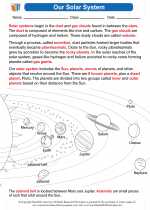
 Worksheet/Answer key
Worksheet/Answer key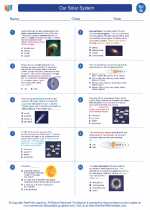
 Worksheet/Answer key
Worksheet/Answer key
 Worksheet/Answer key
Worksheet/Answer key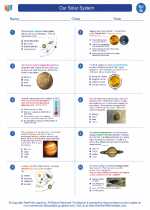
 Worksheet/Answer key
Worksheet/Answer key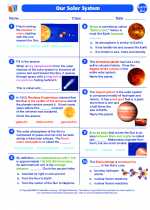
 Vocabulary/Answer key
Vocabulary/Answer key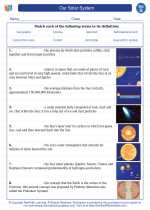
 Vocabulary/Answer key
Vocabulary/Answer key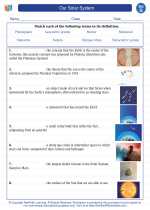
 Vocabulary/Answer key
Vocabulary/Answer key